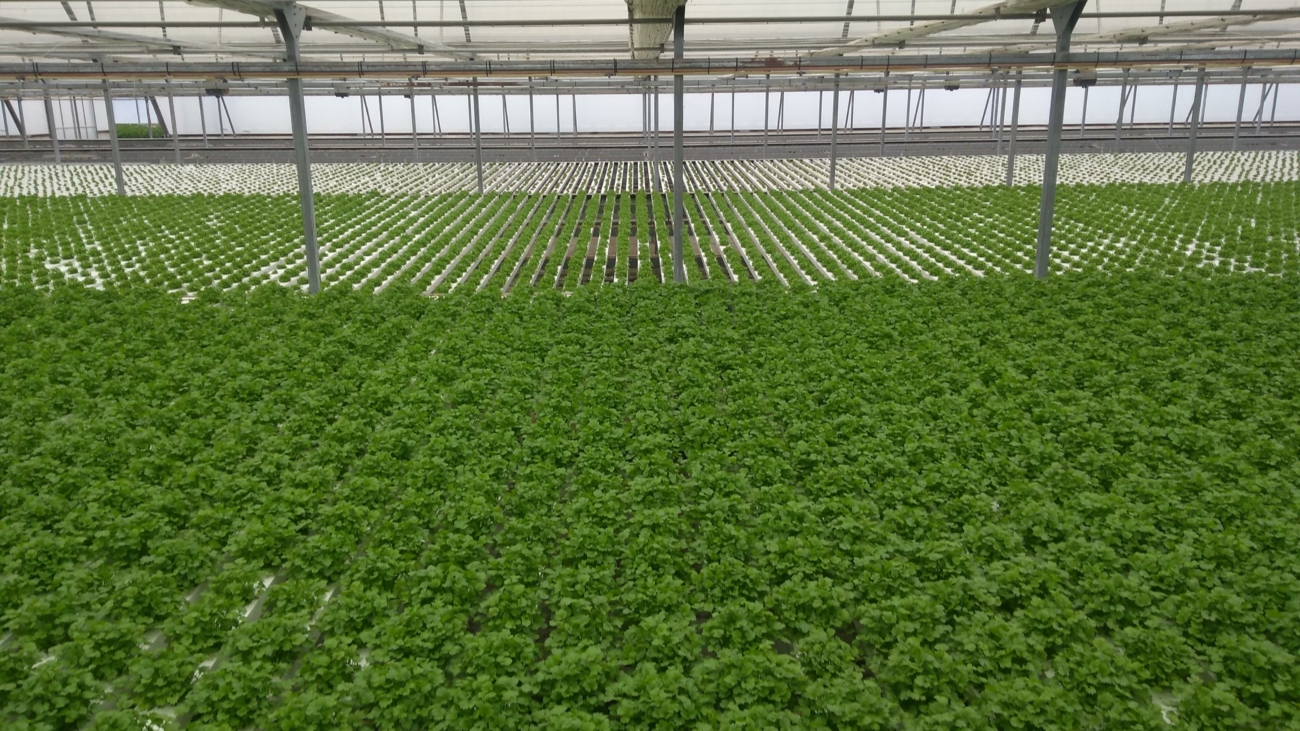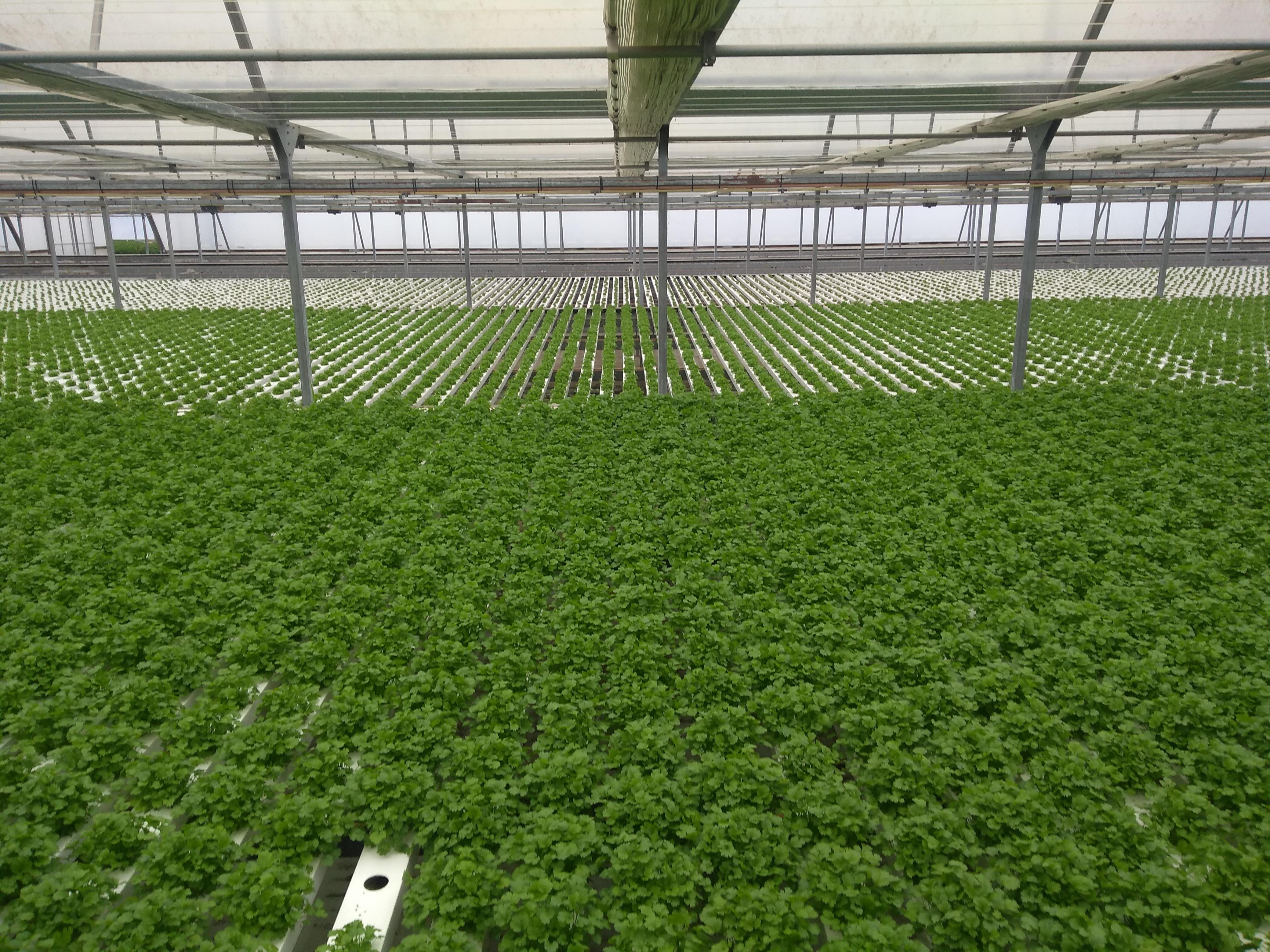It’s hard to go wrong with burrata or mozzarella cheese, but while they may look it, these Italian cheeses are not one and the same. On the outside, burrata and mozzarella look like simple and soft cow’s milk cheeses. Inside burrata, though, a treasure trove of rich, milky stracciatella cheese awaits.
This key, cream-filled difference stems from the cheese-making process, according to the founder of That Cheese Plate, Marissa Mullen. “The process to make mozzarella and burrata are slightly different,” Mozzarella is made by heating and pulling cheese curds in a process called ‘pasta filata.’ The cheese goes through a stretching process using hot water or whey and molded into small rounds.”
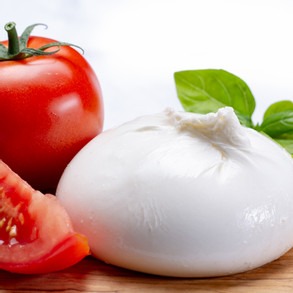
Burrata, on the other hand, is like a cheese within a cheese, with stracciatella (a creamy, milky cheese) on the inside and mozzarella on the outside. “Burrata is made by using mozzarella cheese, stretched to include a small pouch that holds fresh cream and cheese curd,” Mullen says. “Because of this, burrata is much richer and creamier than a traditional mozzarella.” How to Eat Burrata Cheese While mozzarella and burrata can be enjoyed with similar dishes like Italian meats, burrata isn’t simply a creamier version of mozzarella. “Since burrata’s texture is more buttery, it goes beautifully paired with crostini or fresh bread,” Mullen says. “I also like to serve burrata with olive oil or balsamic vinegar to blend with the flavor of the inner cream. Because burrata and mozzarella are fresh cheeses, they blend nicely with other fresh items. I love to add toppings to the burrata such as olives, tomatoes, fresh figs and peaches.” Burrata can also add a dash of rich creaminess to those beloved mozzarella dishes. “You can interchange burrata and mozzarella with a variety of pairings, but you’ll have to be prepared for the textural differences,” Mullen says. “Burrata does not shred like mozzarella, holds far more liquid and has much more of a creamy flavor. If you’re down with the decadence, add burrata to a pizza, to a salad or even on a sandwich.” Stephanie Vermillion “What’s the Difference Between Burrata and Mozzarella?” 15 January 2021.

Burrata, on the other hand, is like a cheese within a cheese, with stracciatella (a creamy, milky cheese) on the inside and mozzarella on the outside. “Burrata is made by using mozzarella cheese, stretched to include a small pouch that holds fresh cream and cheese curd,” Mullen says. “Because of this, burrata is much richer and creamier than a traditional mozzarella.” How to Eat Burrata Cheese While mozzarella and burrata can be enjoyed with similar dishes like Italian meats, burrata isn’t simply a creamier version of mozzarella. “Since burrata’s texture is more buttery, it goes beautifully paired with crostini or fresh bread,” Mullen says. “I also like to serve burrata with olive oil or balsamic vinegar to blend with the flavor of the inner cream. Because burrata and mozzarella are fresh cheeses, they blend nicely with other fresh items. I love to add toppings to the burrata such as olives, tomatoes, fresh figs and peaches.” Burrata can also add a dash of rich creaminess to those beloved mozzarella dishes. “You can interchange burrata and mozzarella with a variety of pairings, but you’ll have to be prepared for the textural differences,” Mullen says. “Burrata does not shred like mozzarella, holds far more liquid and has much more of a creamy flavor. If you’re down with the decadence, add burrata to a pizza, to a salad or even on a sandwich.” Stephanie Vermillion “What’s the Difference Between Burrata and Mozzarella?” 15 January 2021.


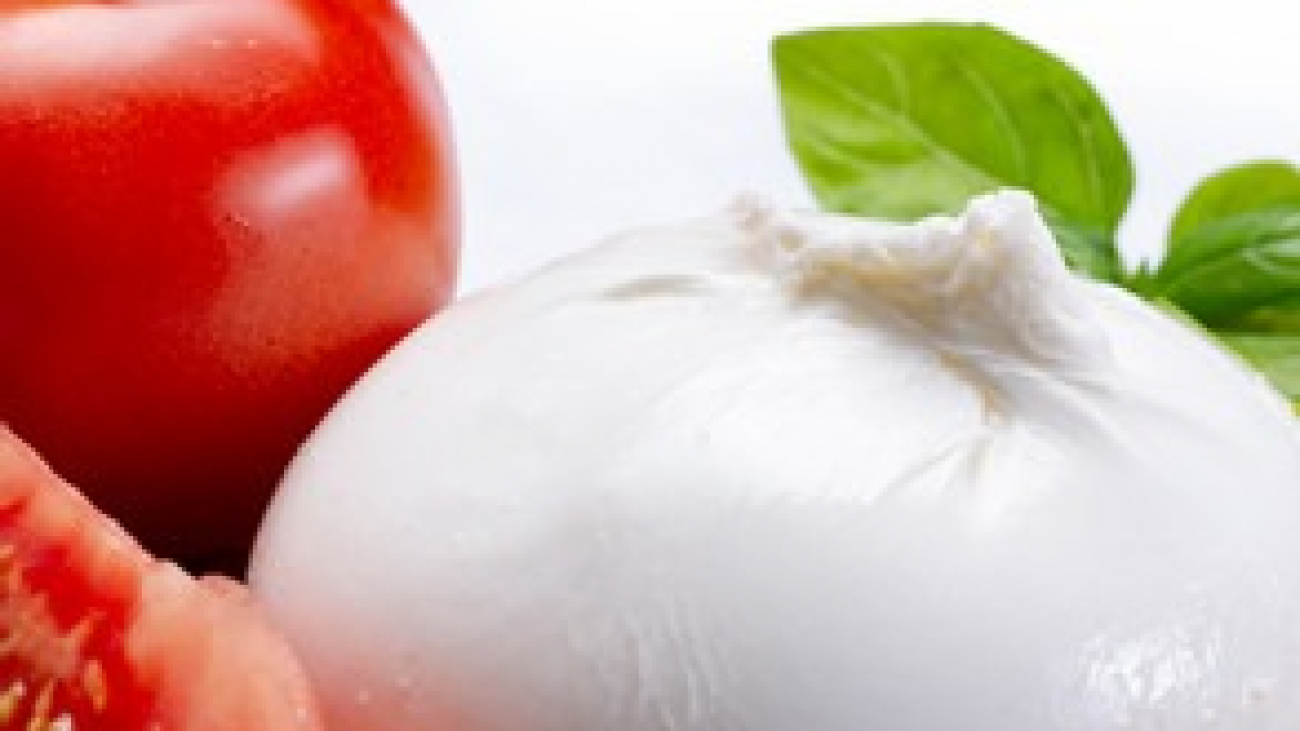
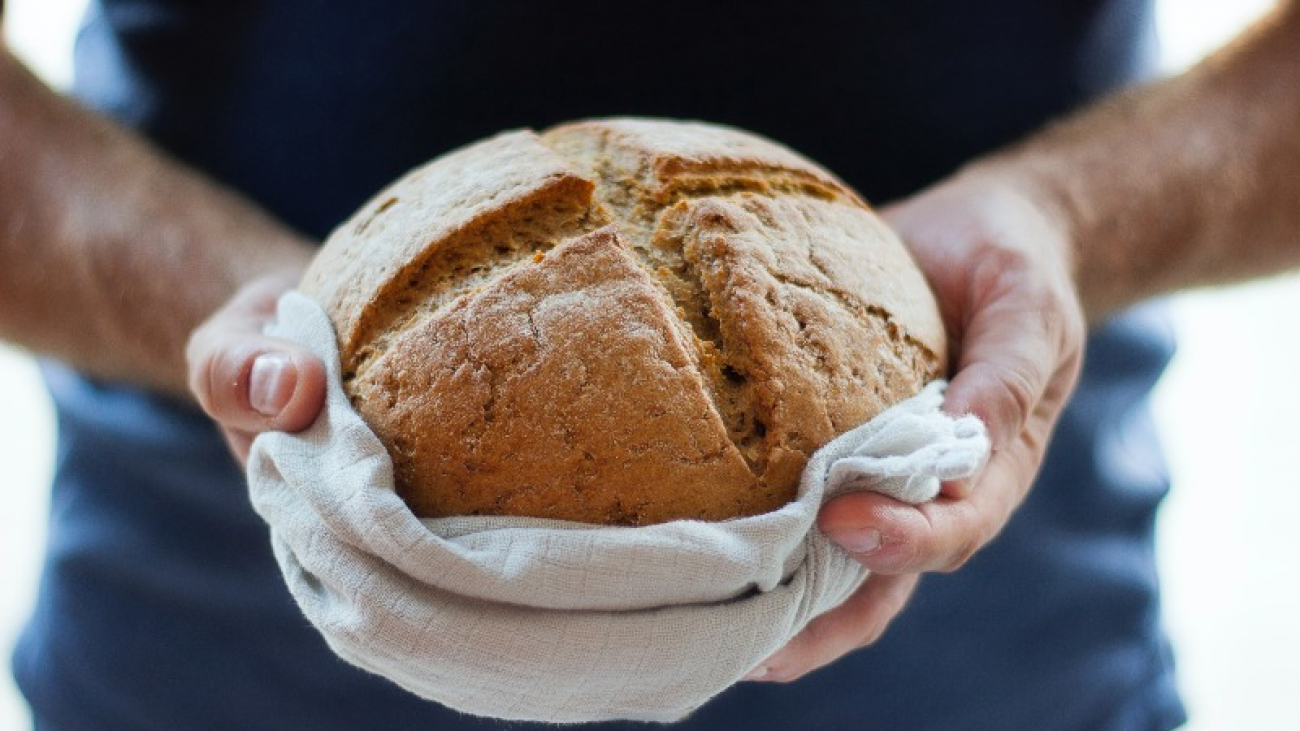
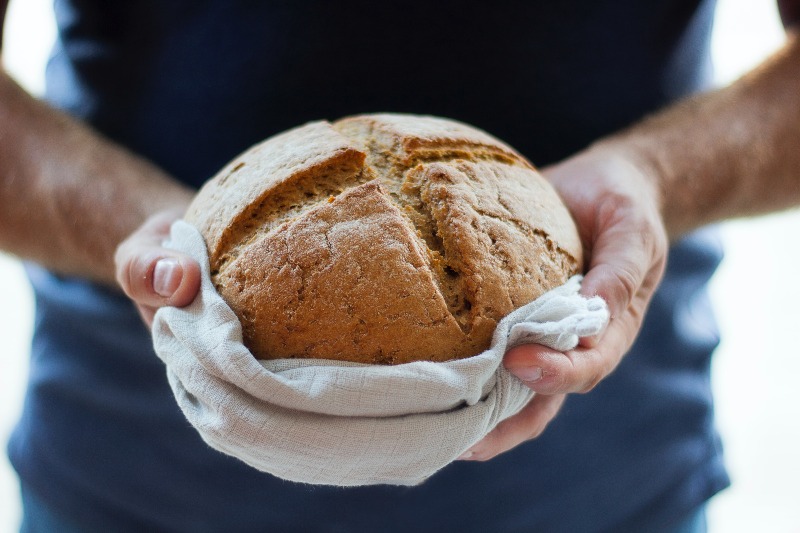
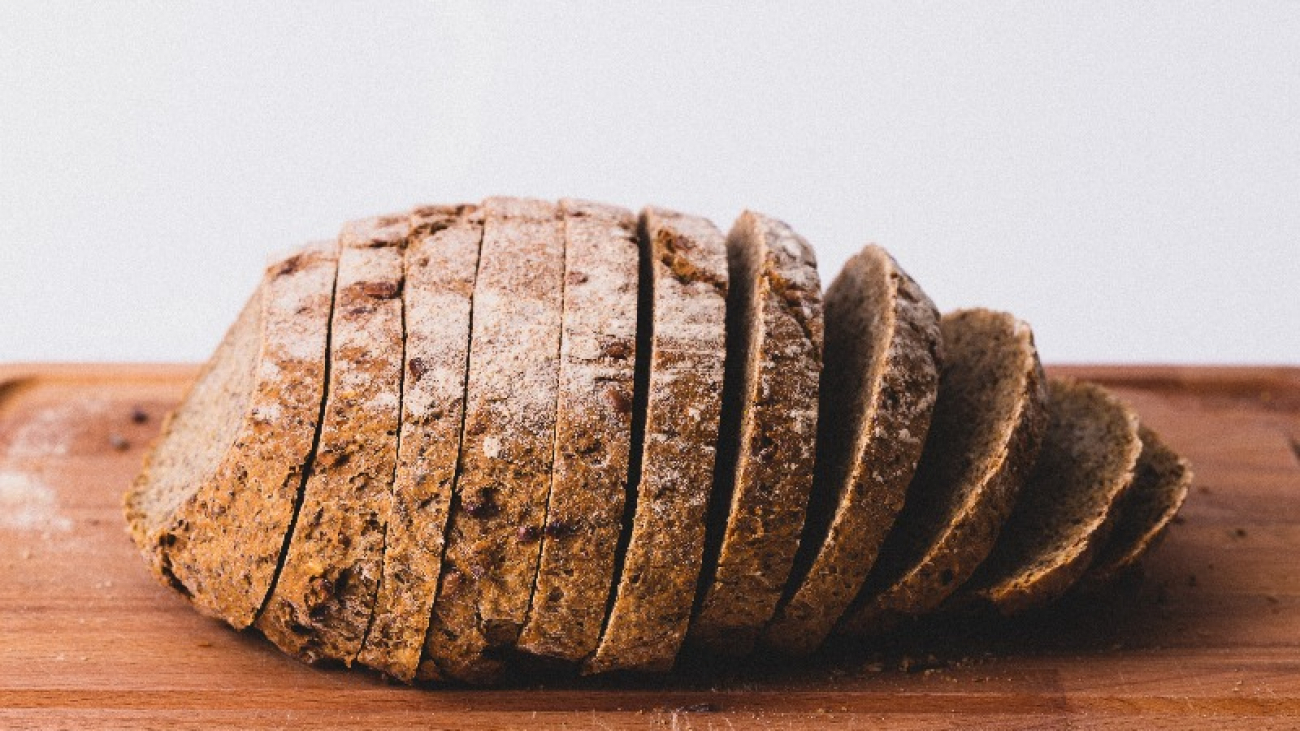
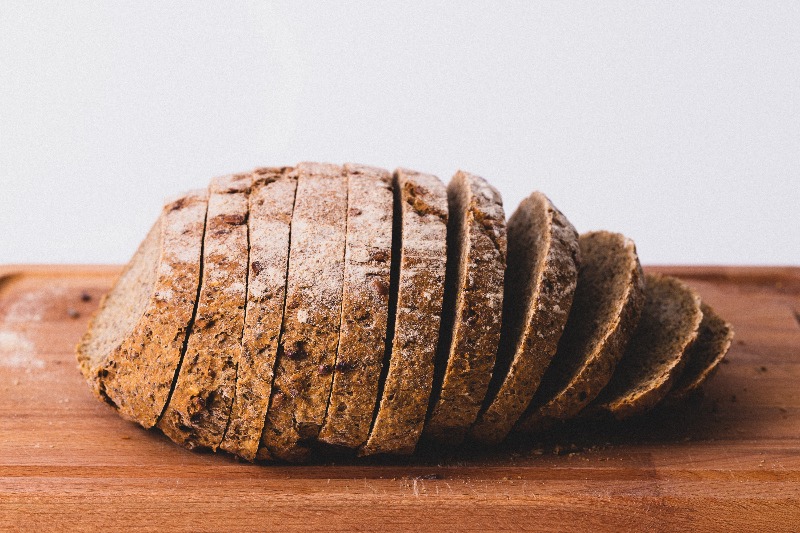
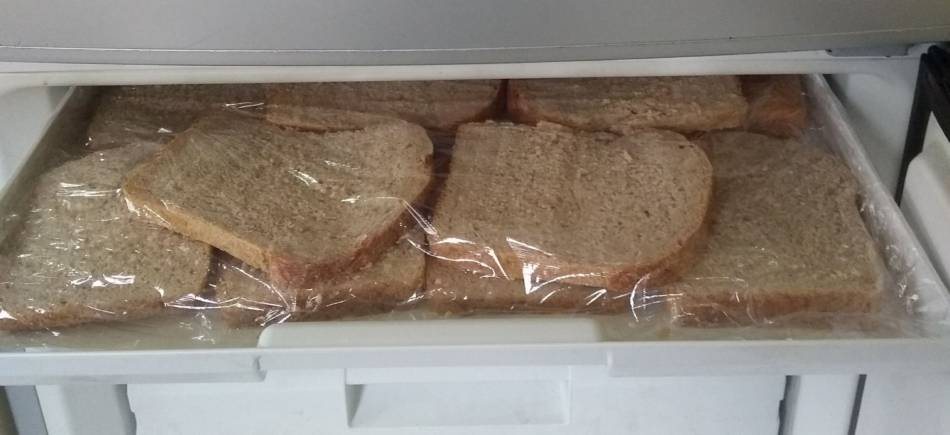
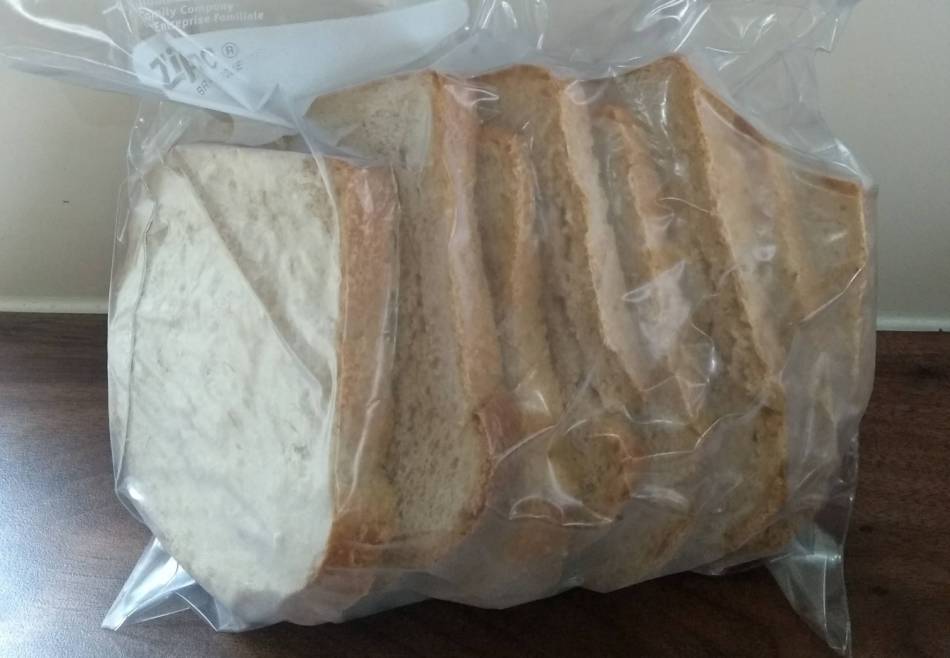
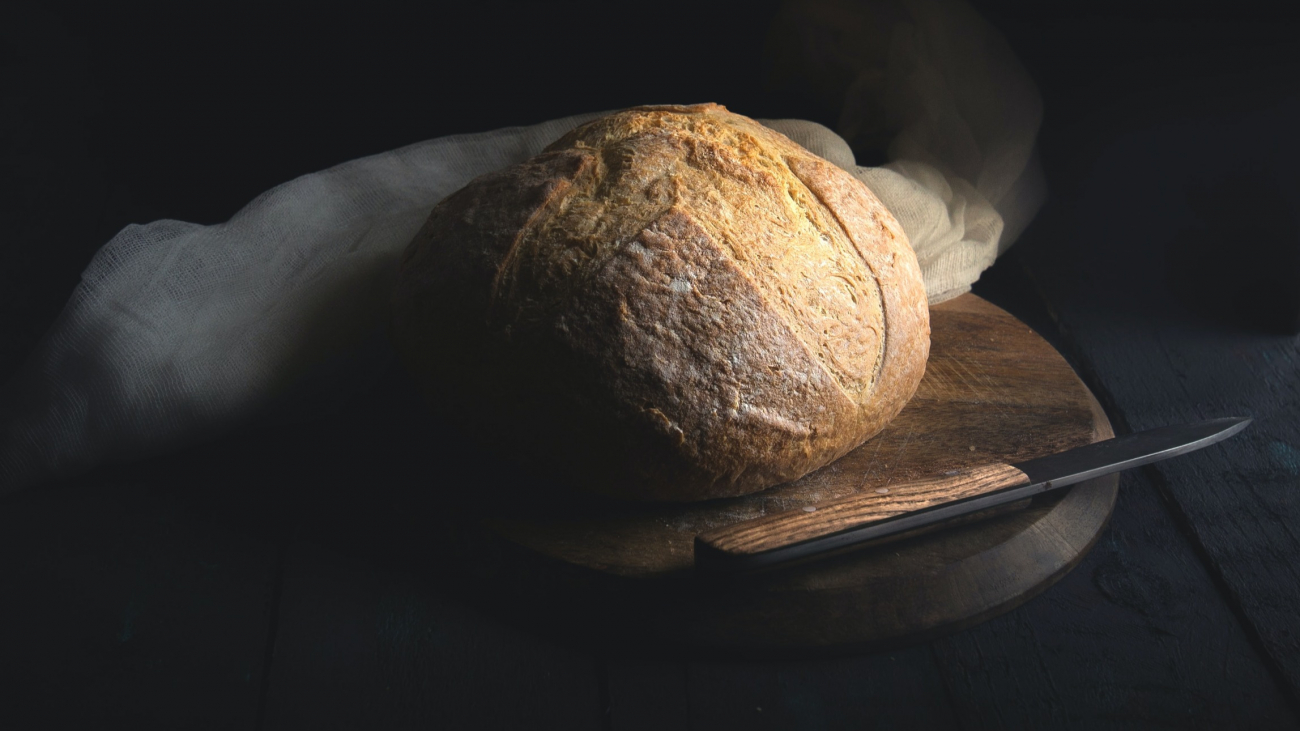
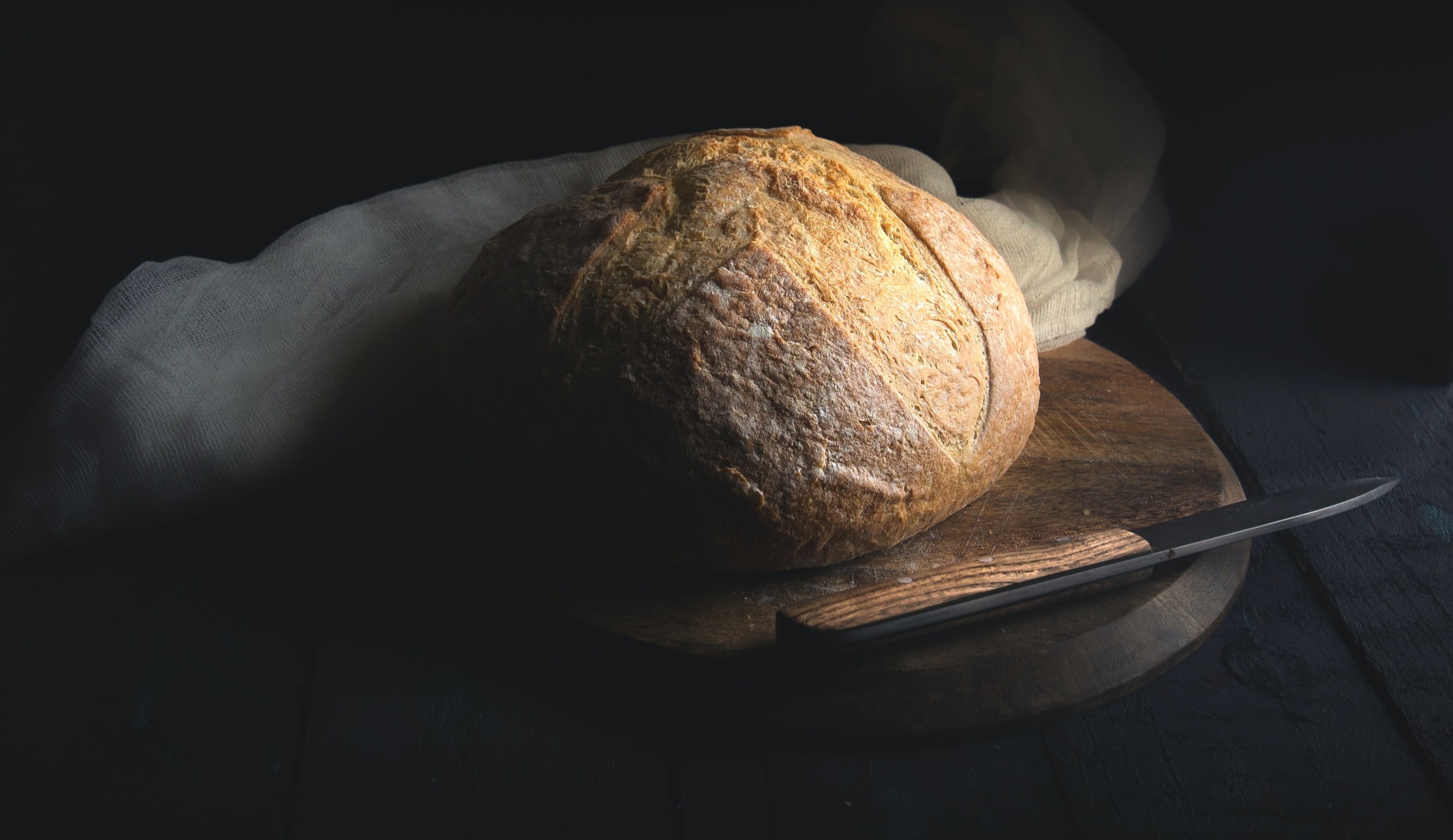
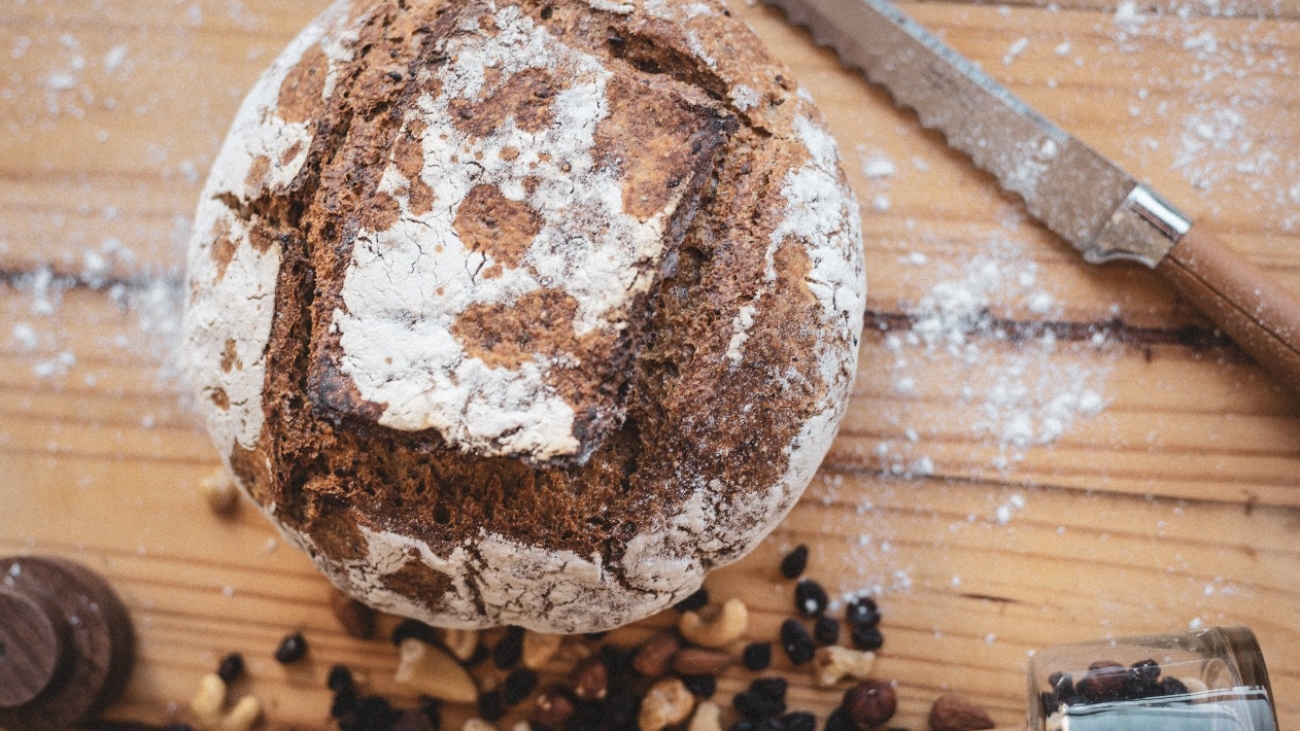
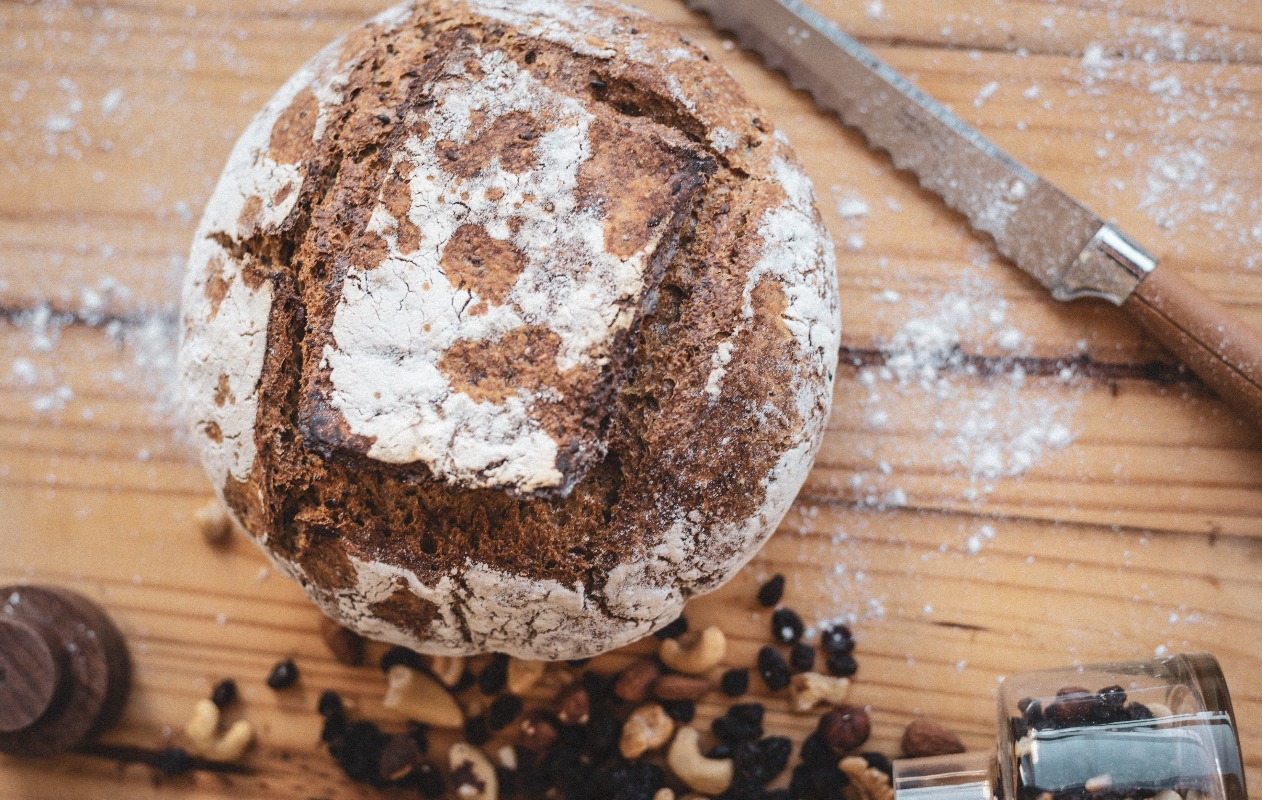
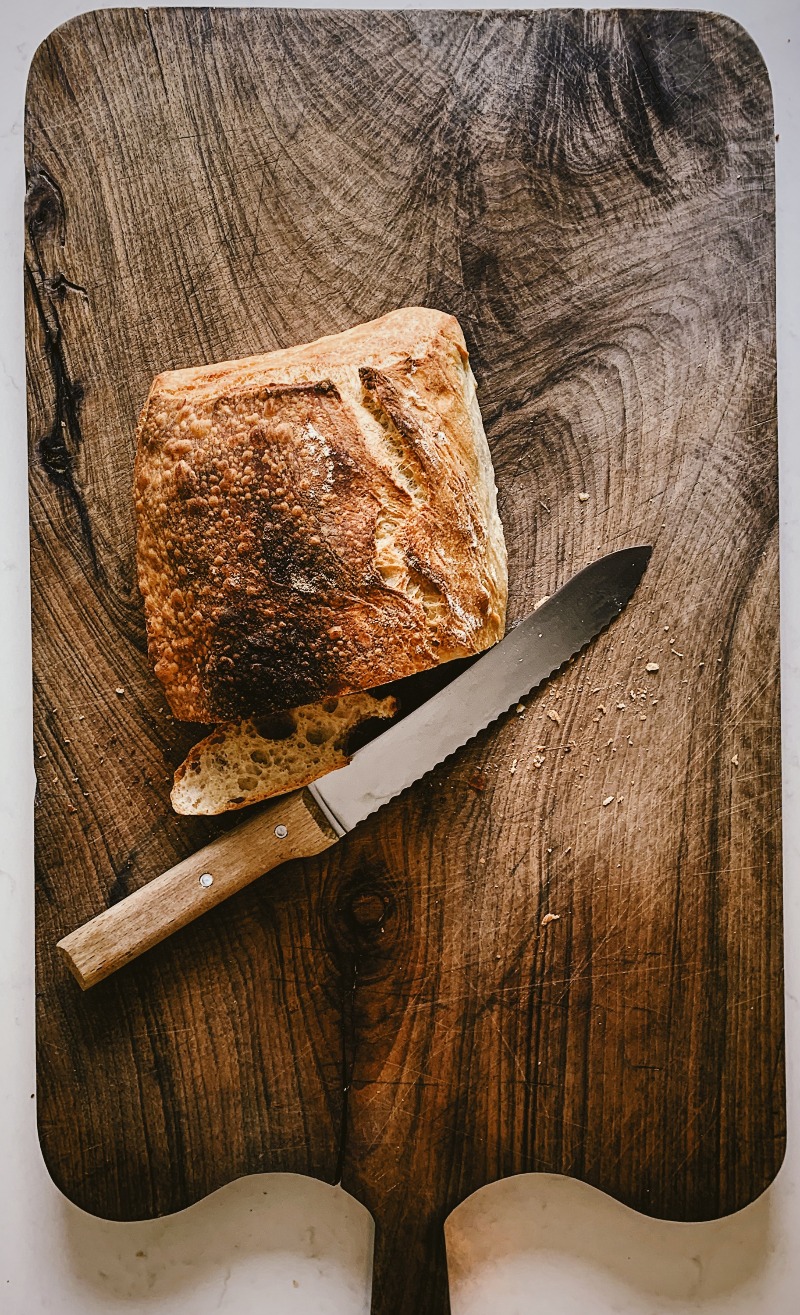

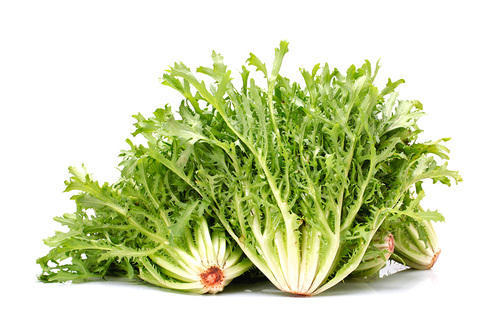
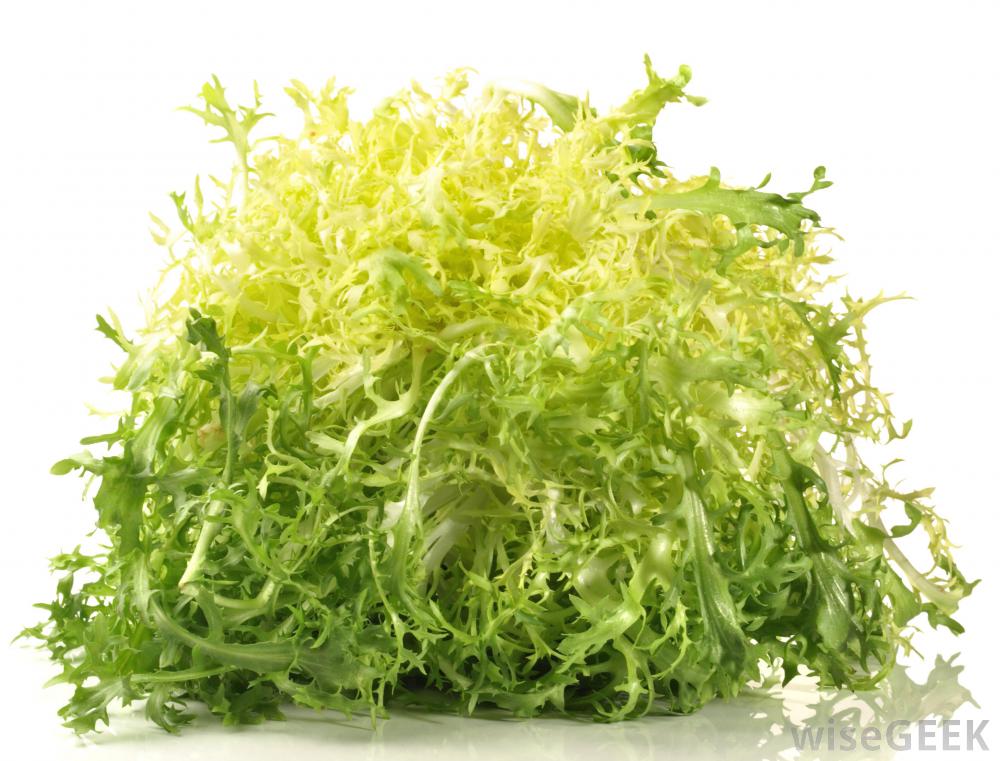
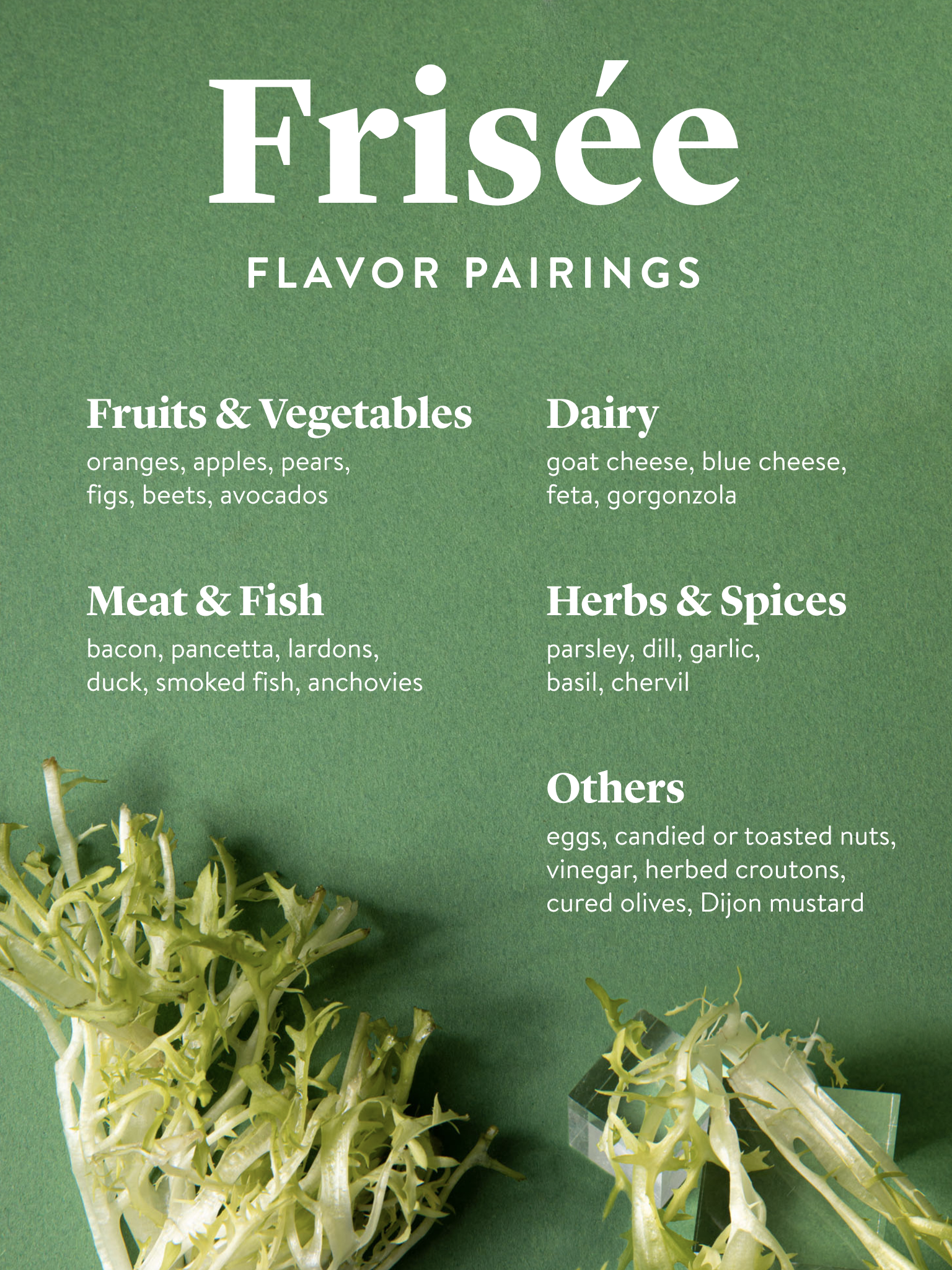
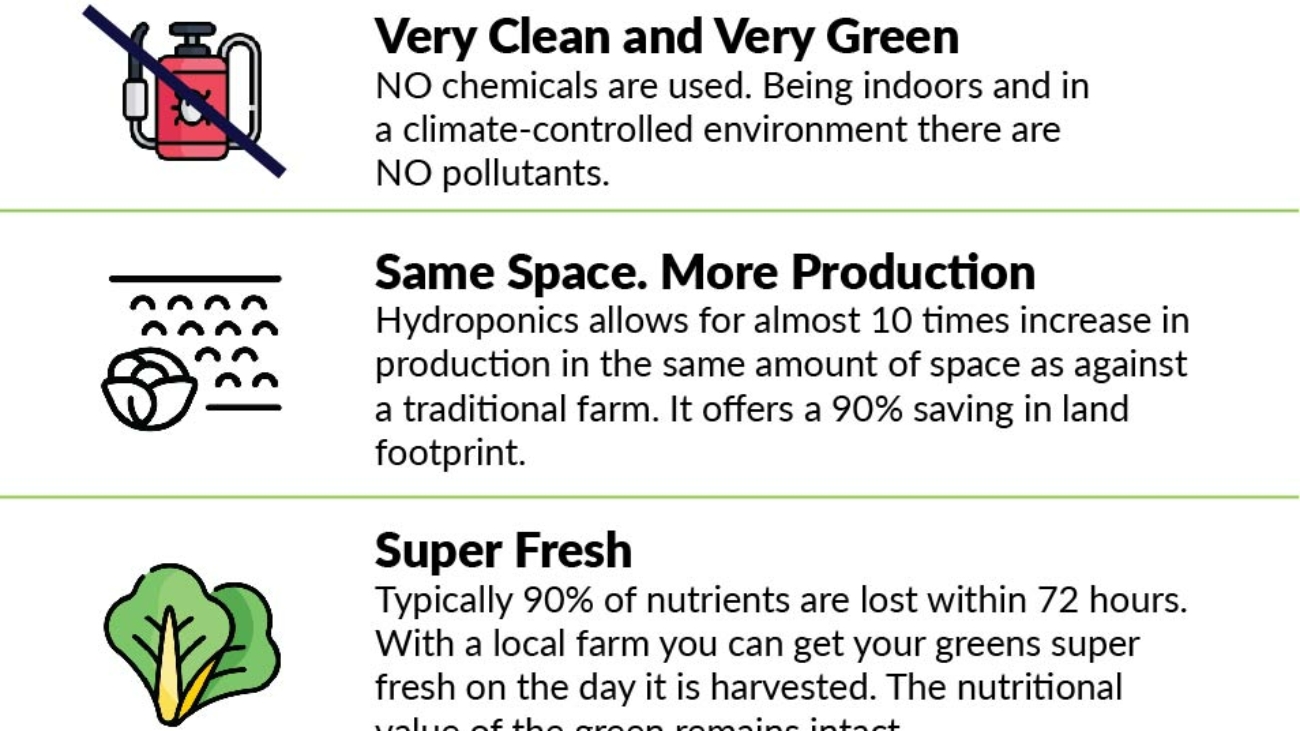
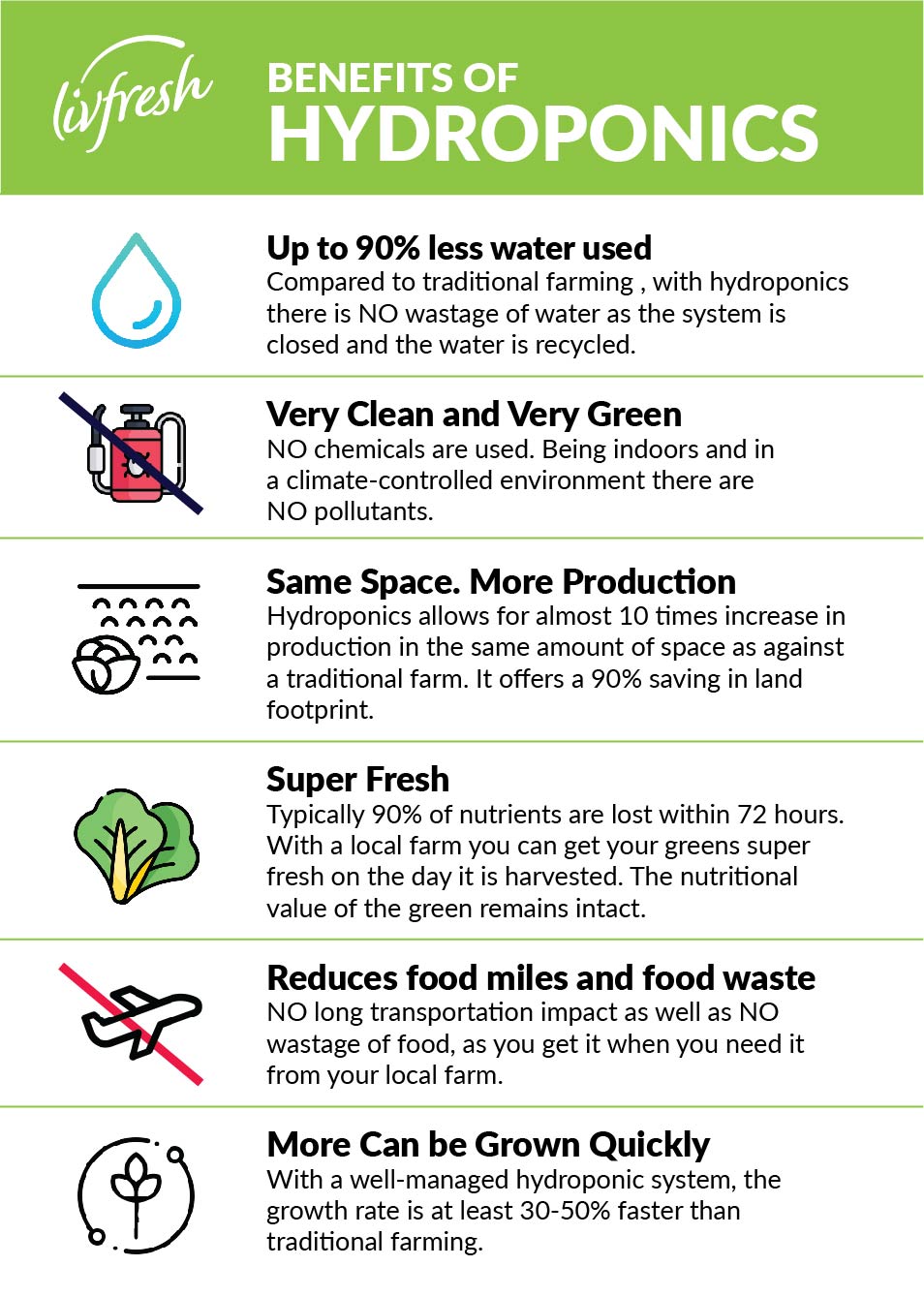
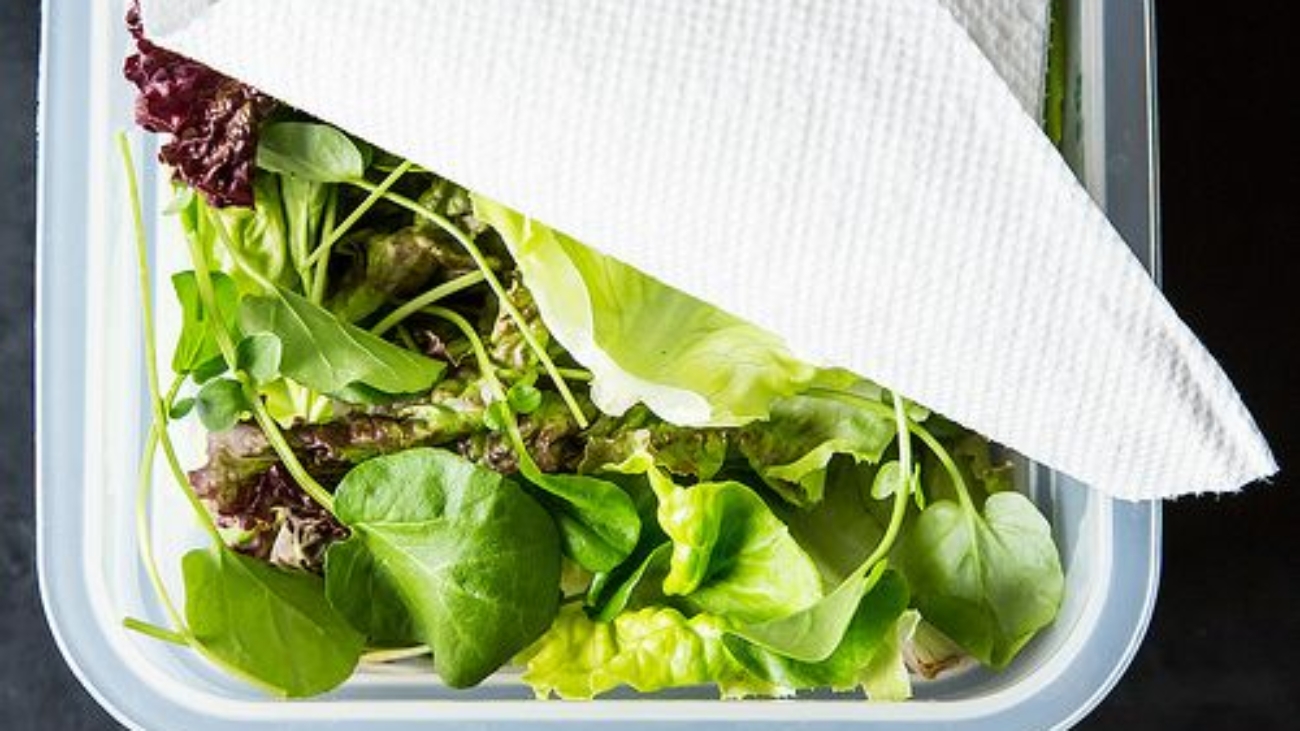
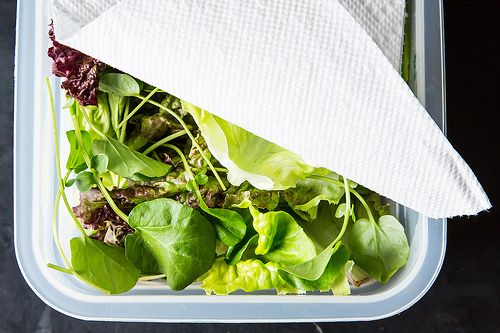
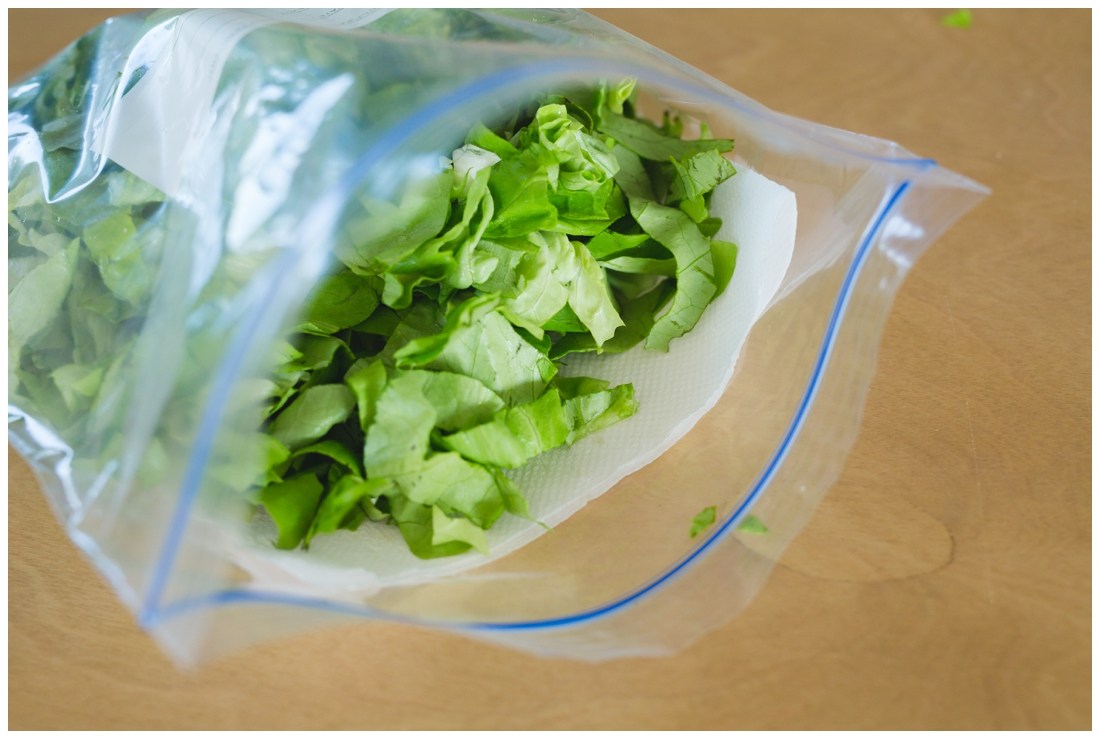
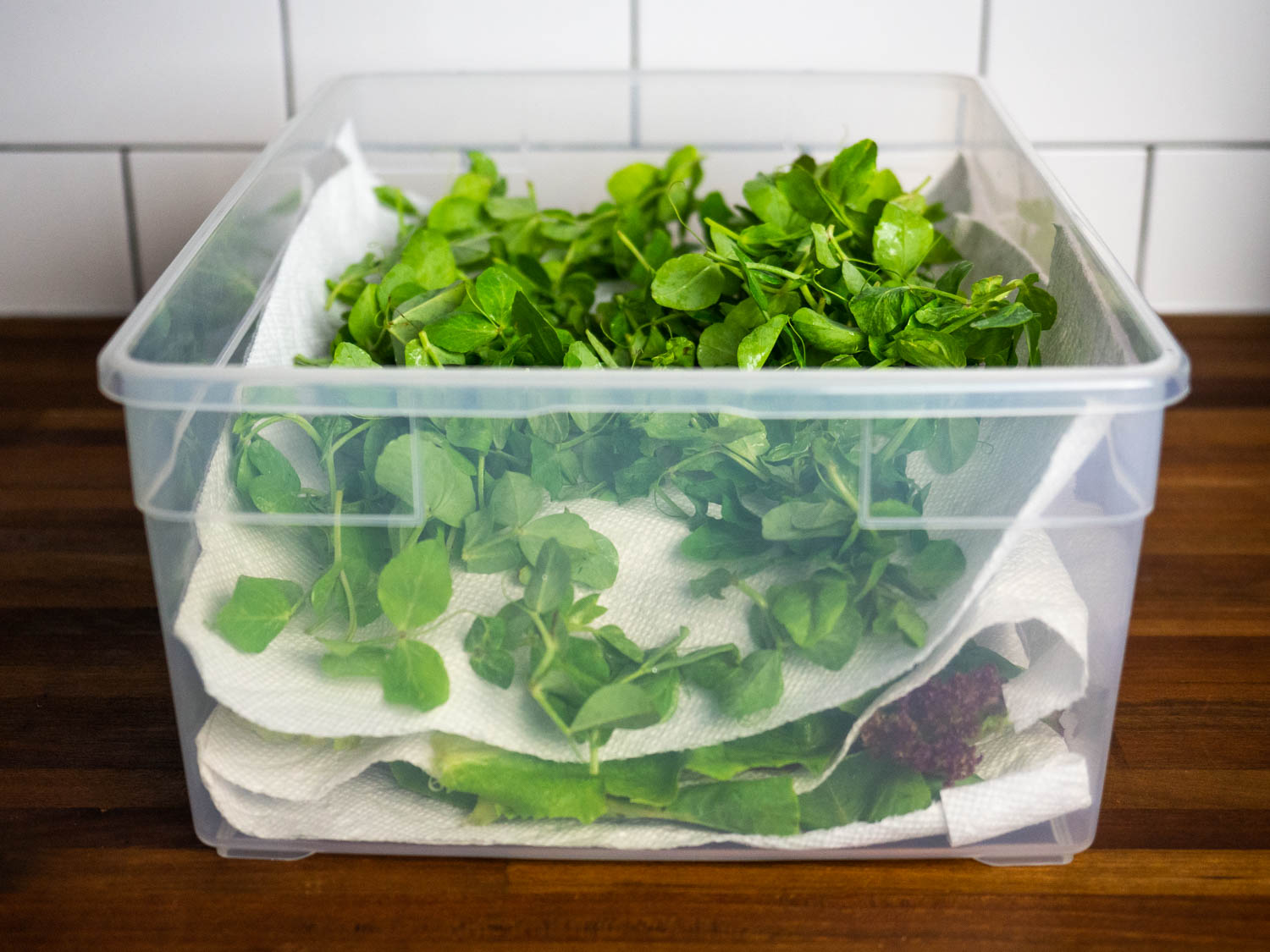
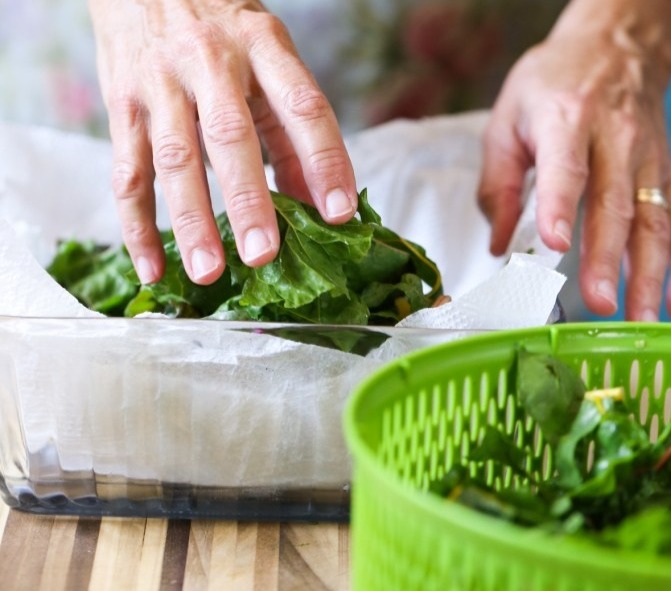
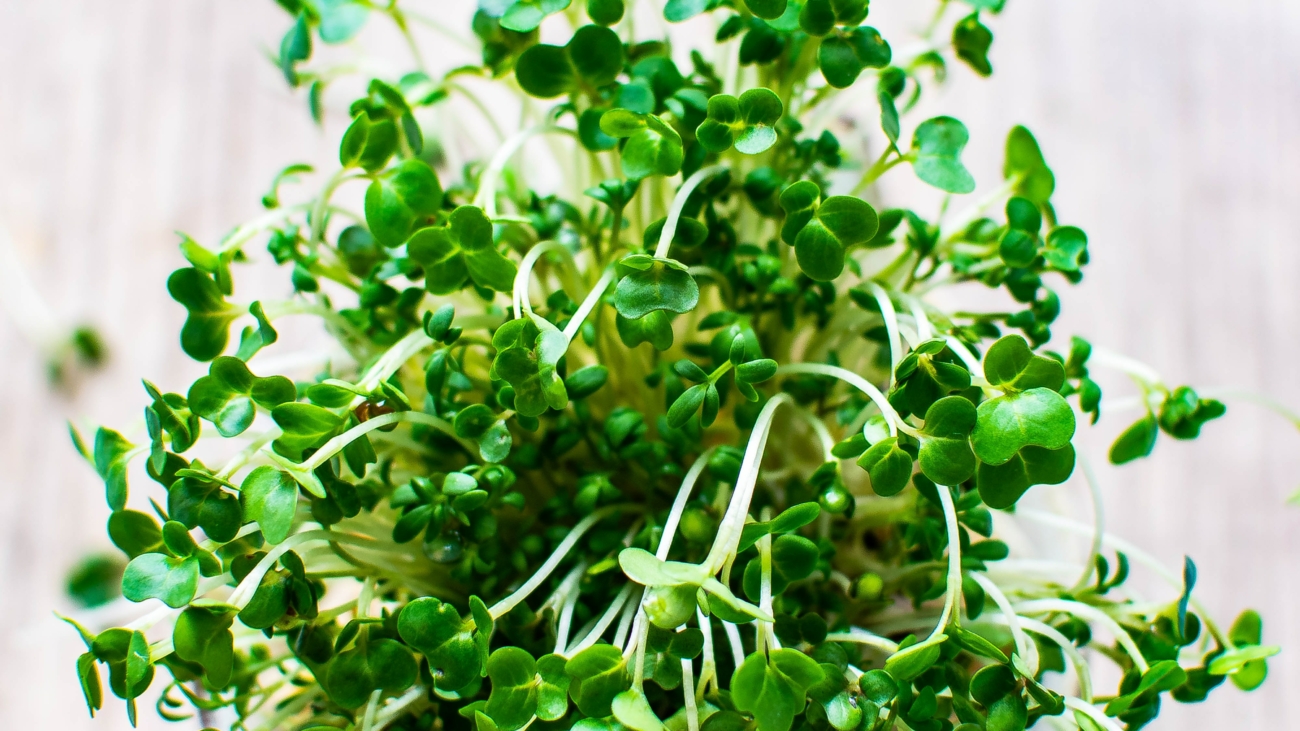
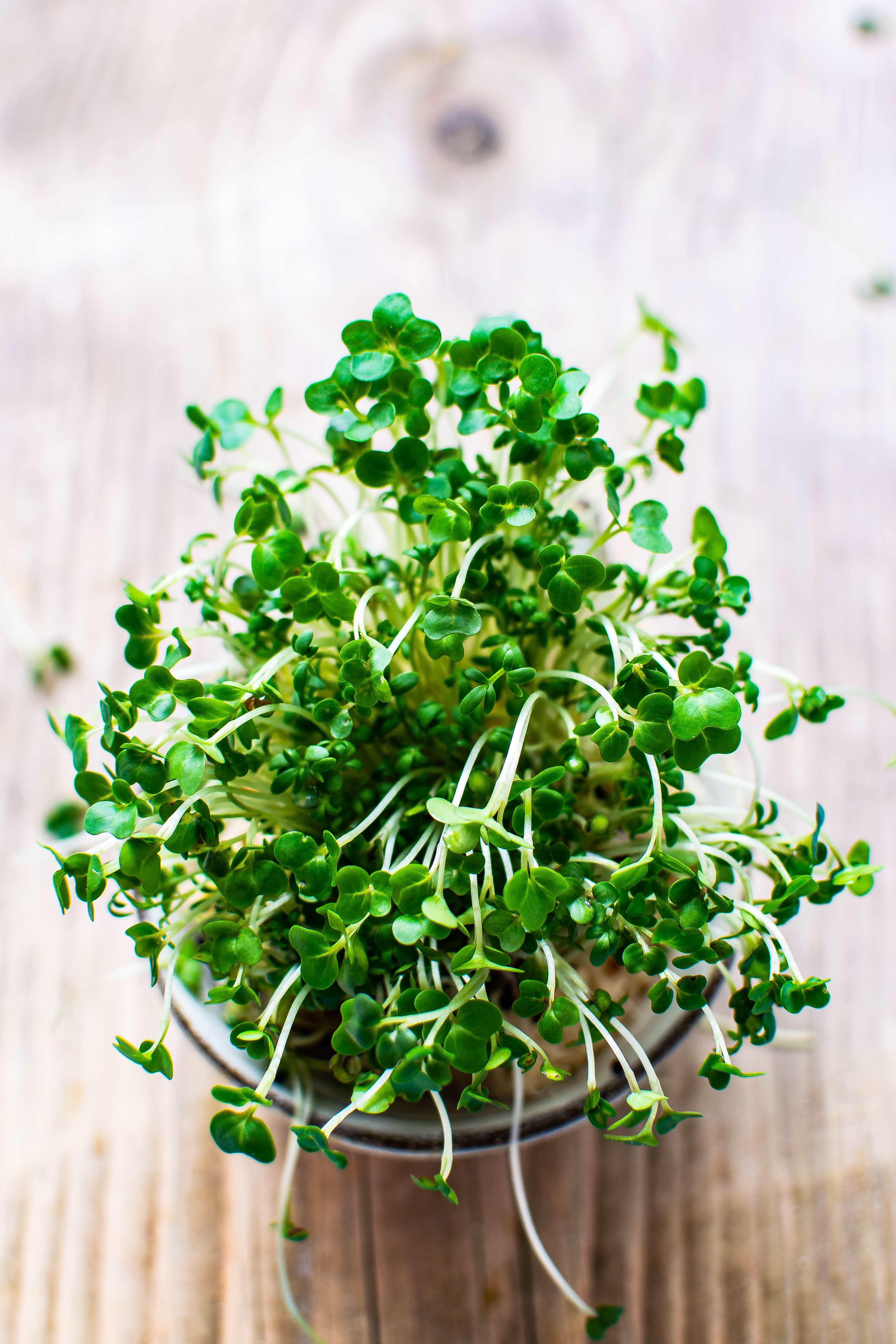
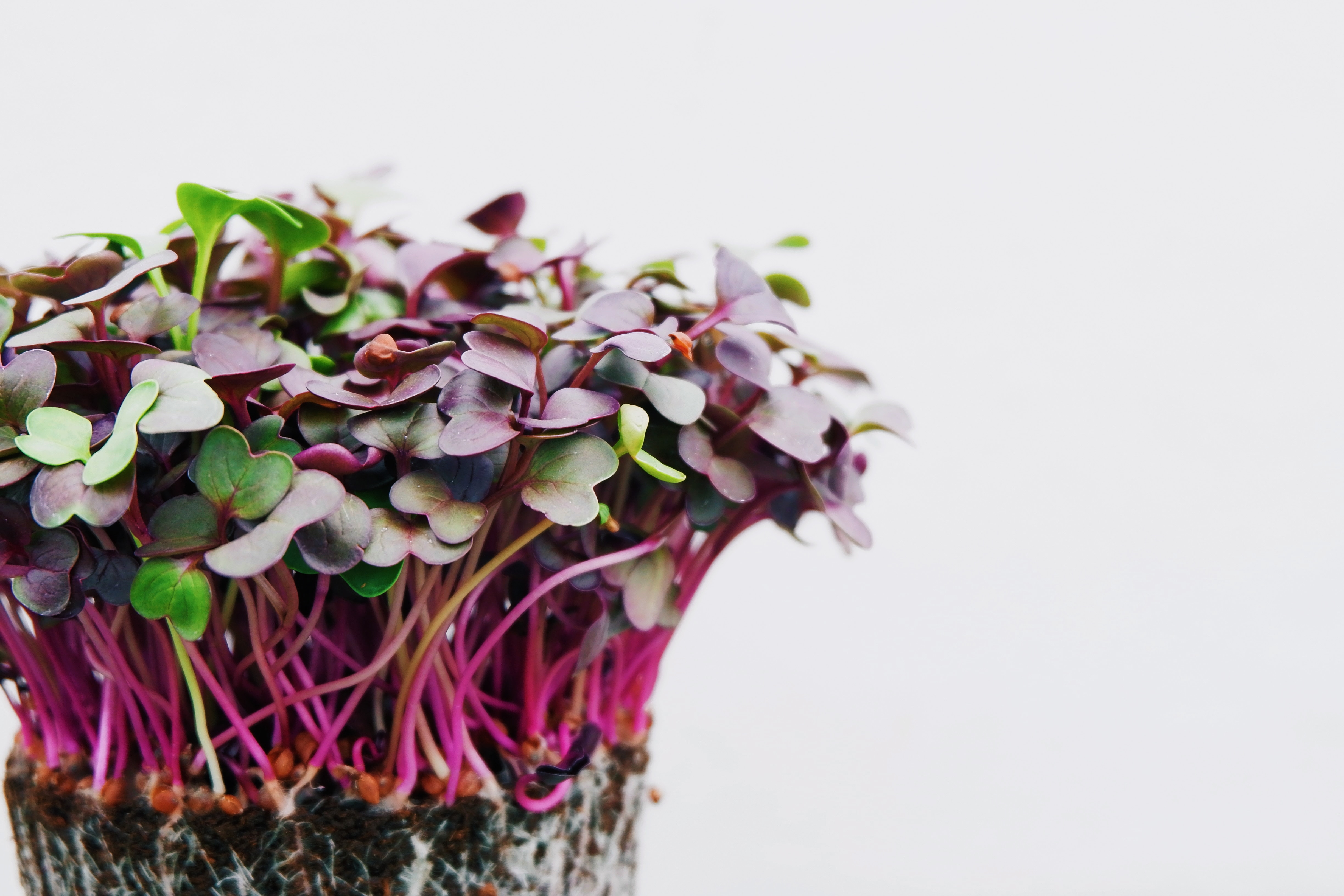 Eating microgreens is generally considered safe. While there is contamination risk from E. coli, this risk arises from a mixture of the type/composition of the microgreen, and time spent in storage. To enjoy, always check the sell-by date and consume within the week from purchase.
Eating microgreens is generally considered safe. While there is contamination risk from E. coli, this risk arises from a mixture of the type/composition of the microgreen, and time spent in storage. To enjoy, always check the sell-by date and consume within the week from purchase.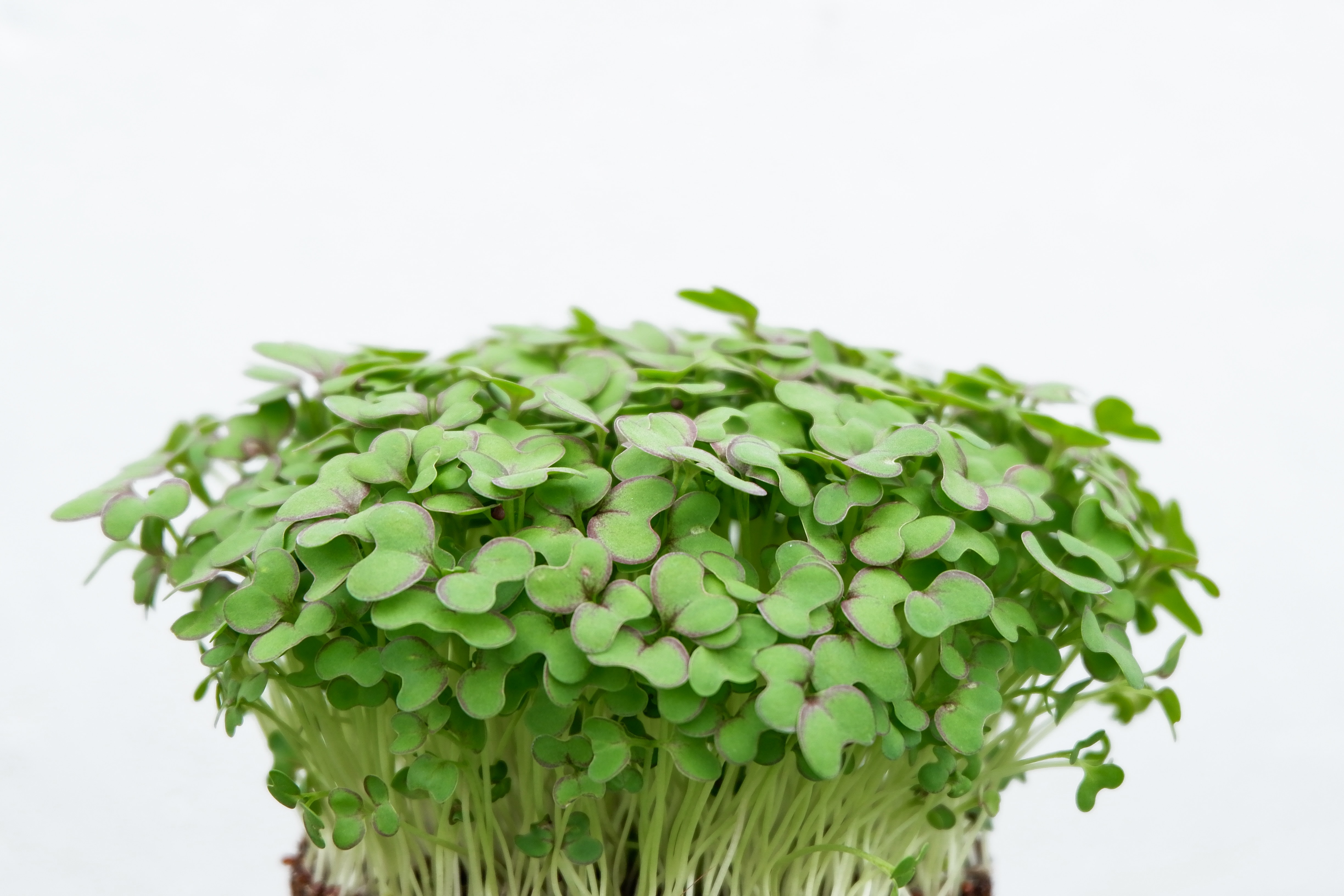 Place a pot with soil on a sunny windowsill, outdoors or balcony with ample sun. Moisten soil well, scatter a handful of mustard seeds, gently pressing into soil. Check soil for moistness daily and water lightly as needed. When you see a pot full of tiny leaves, harvest by pulling gently out with the roots. Rinse off soil & add to salads, sandwiches, garnish a stir fry.
Place a pot with soil on a sunny windowsill, outdoors or balcony with ample sun. Moisten soil well, scatter a handful of mustard seeds, gently pressing into soil. Check soil for moistness daily and water lightly as needed. When you see a pot full of tiny leaves, harvest by pulling gently out with the roots. Rinse off soil & add to salads, sandwiches, garnish a stir fry.